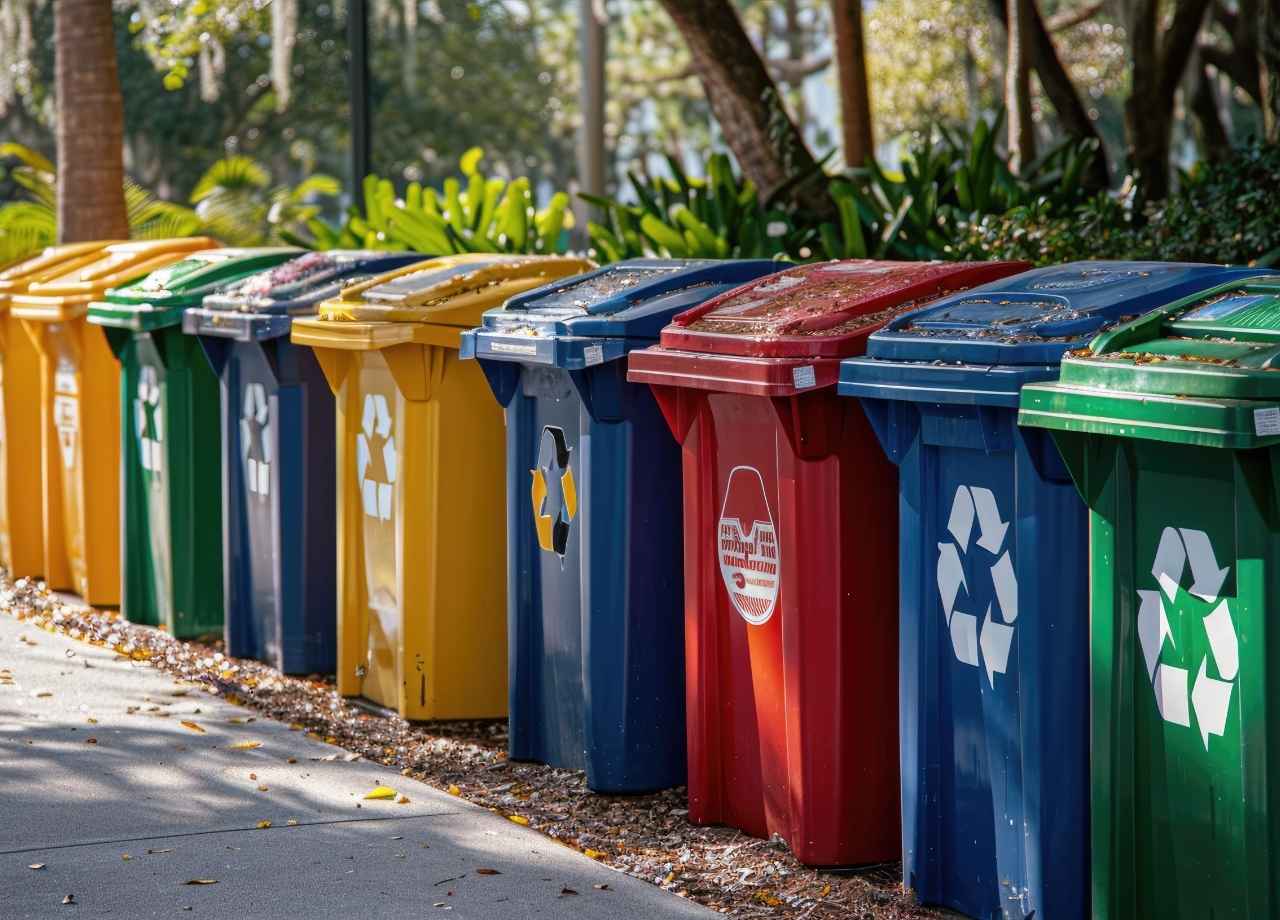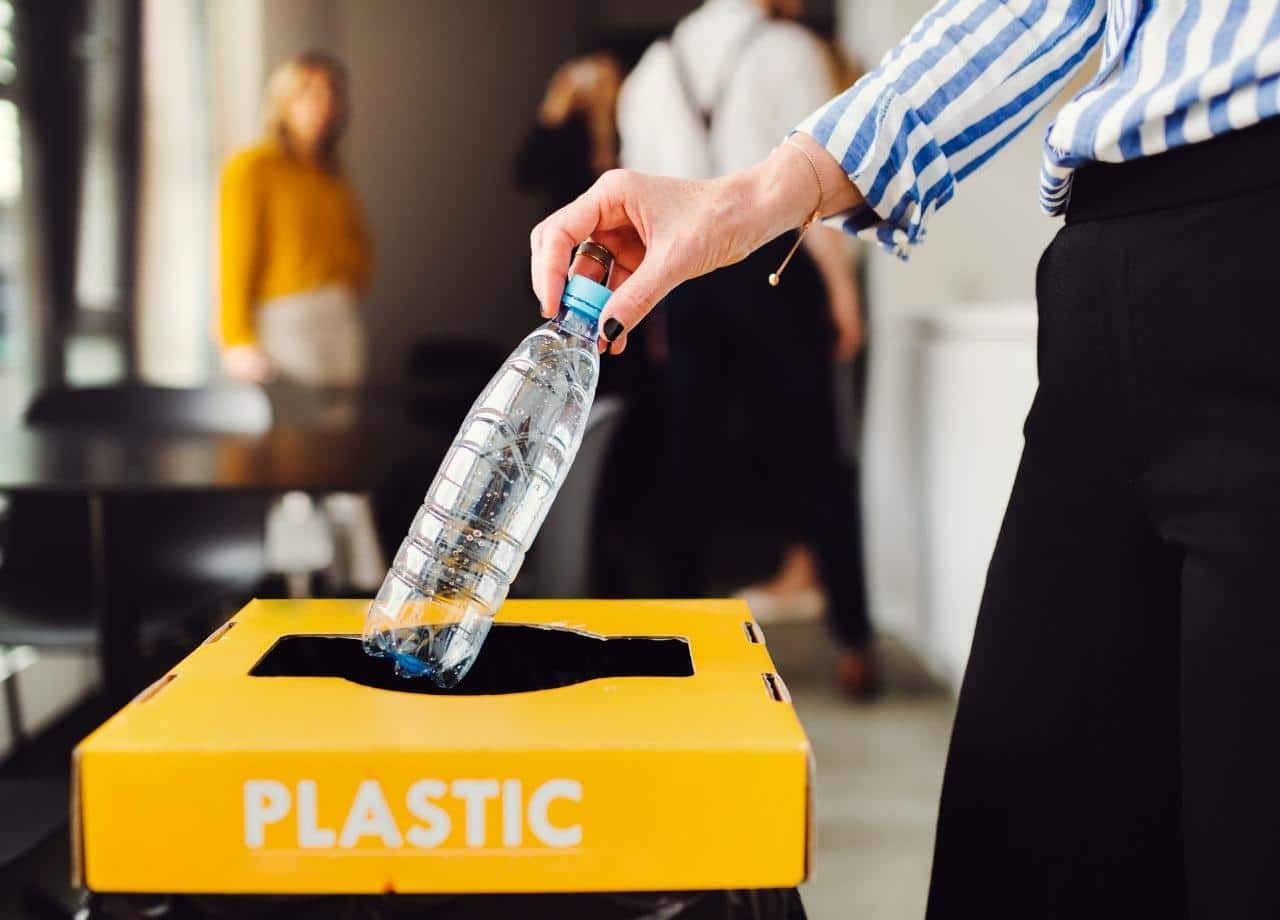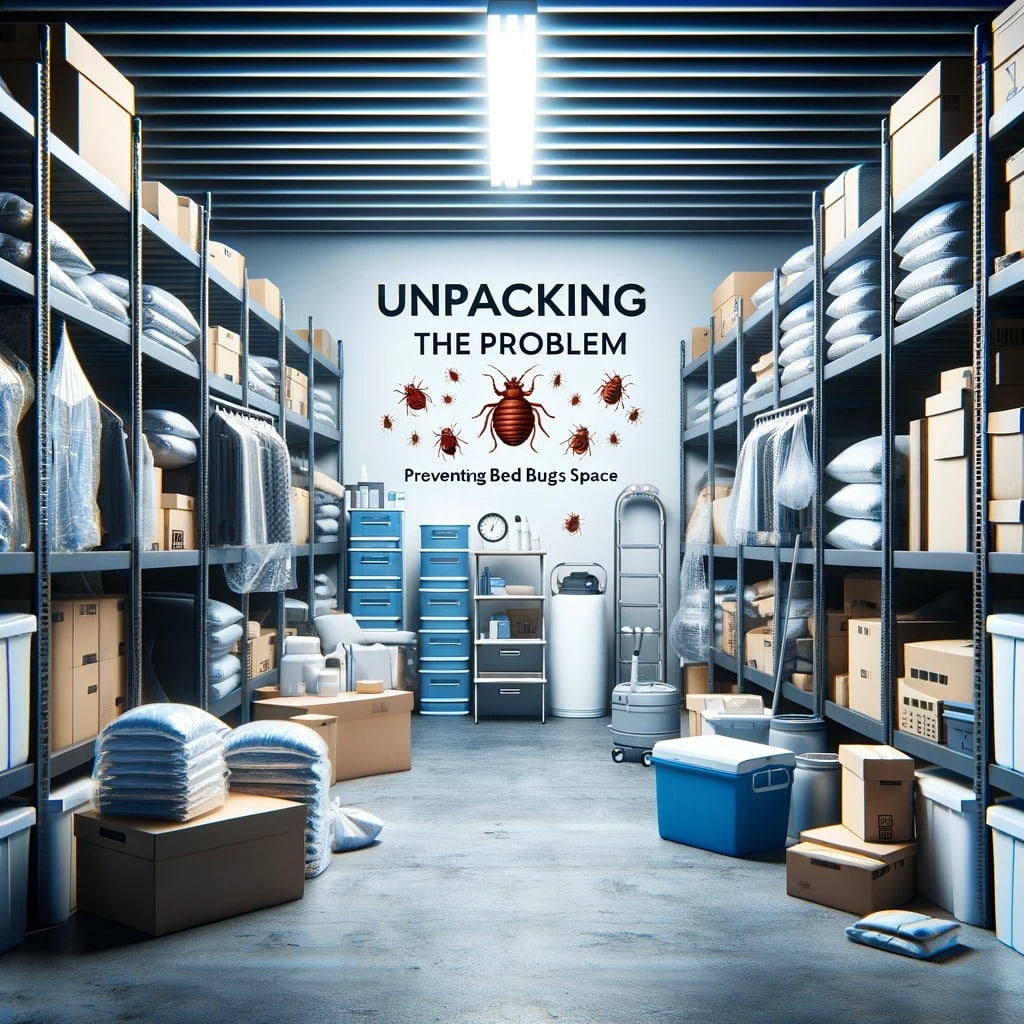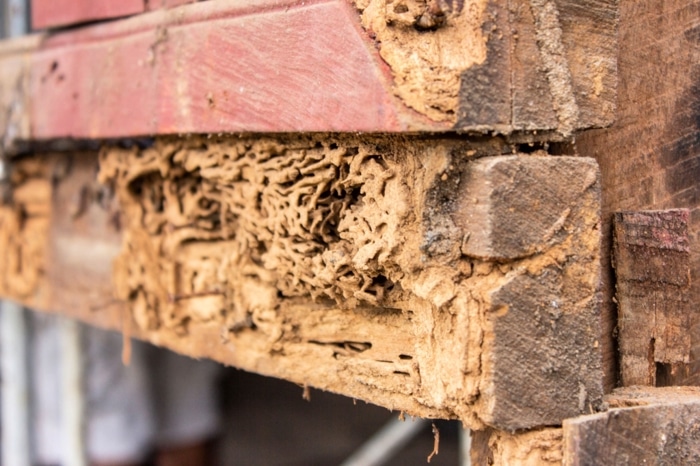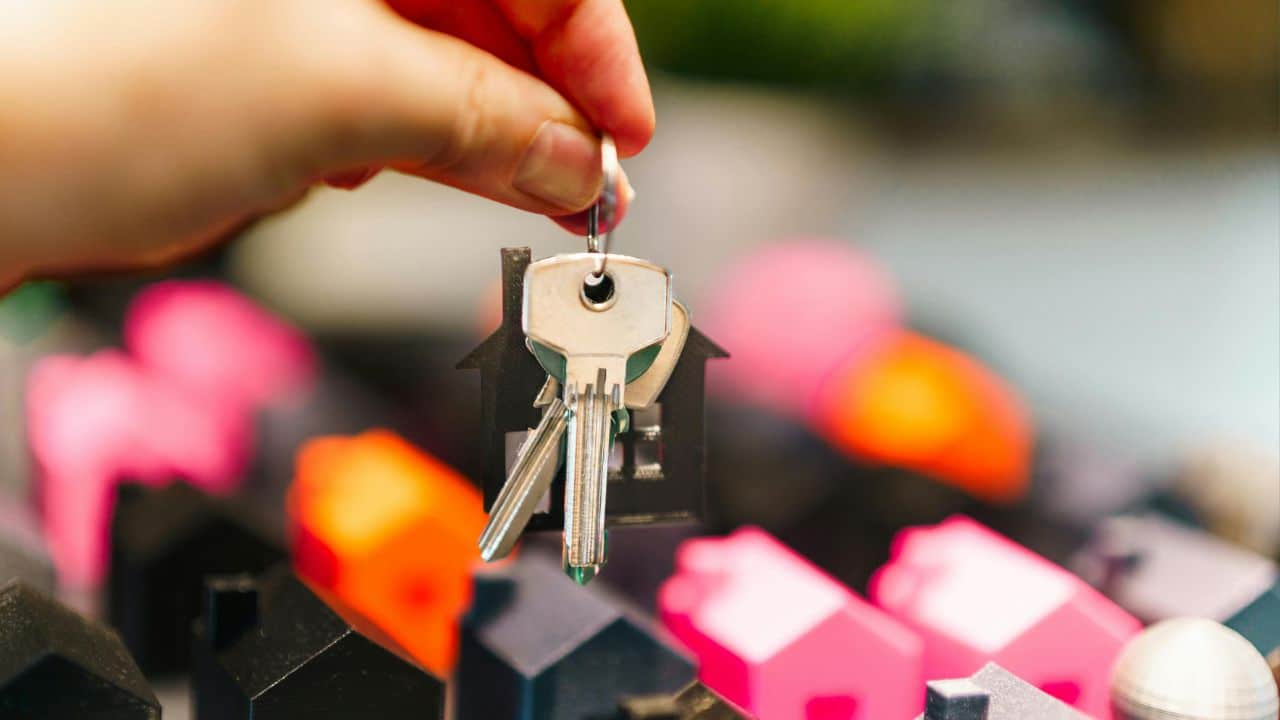Recycling shouldn’t be complicated, and when you’re managing apartments, simplicity is everything. Residents already juggle a lot. So, the easier you make recycling, the more likely they’ll actually do it. And when they do, you’ll see cleaner dumpsters, fewer pest problems, and a much better-looking property overall. It’s not about pushing a green agenda—it’s about making your day-to-day management easier while also doing some good.
Start With What Your Waste Company Already Offers
Before buying bins or printing signs, make one quick call to your local waste service. Many already include recycling in their service plans, and some will even provide the bins. If recycling is included but underused, it’s usually because the setup isn’t convenient or clear for residents. Knowing what’s already available saves you money and keeps you from reinventing the wheel.
Ask for specifics: What materials do they take? How often do they pick up? Are there any items that cause issues? Some companies only take certain plastics or might not want glass. You don’t want to encourage residents to do something that ends up causing problems on pickup day.
Place Recycling Bins Where They Make Sense, Not Just Where There’s Space
It’s not about having a recycling bin—it’s about having it in the right place. If your main dumpsters are tucked into the back corner of the lot, don’t just toss a recycling bin back there and call it done. People won’t walk far to recycle, especially if it means hauling a dripping bag of soda cans across a parking lot.
Look at where your residents actually go. Near mailboxes, laundry rooms, or parking areas—these are all great options. If your building has interior trash chutes, you might need to get creative. Some properties place small bins inside entryways or stairwells and train staff to transfer the contents to a larger outdoor recycling bin.
Make Your Signs Look Normal—Not Like a Classroom Poster
Nobody wants to stop and read a mini essay about what’s recyclable and what’s not. Signs work best when they’re clear, simple, and not too loud. Forget the bold, neon-colored posters with cartoon planets on them. Go for clean, basic text and real pictures of actual items your waste company accepts.
If people can’t tell whether something’s recyclable in a second or two, they’ll just throw it in the trash—or worse, the recycling bin, where it might contaminate a whole load. A picture of a milk jug with the word “Yes” under it works far better than a paragraph listing “HDPE plastics accepted.”
Also, don’t skip out on translating signs if you have residents who speak other languages. Just make sure the layout stays simple in all versions. If it gets too wordy, people won’t read any of it.
Think About Recycling During Move-ins and Move-outs
Move-in and move-out days are a recycling nightmare if you’re not ready. That’s when cardboard piles up like crazy. If you don’t plan ahead, residents will flatten boxes and cram them into trash bins. And when bins overflow, that’s when pests get curious. Boxes become hiding spots and food containers left out attract bugs fast.
During those busy weeks, put out temporary signs that say “Box Drop Here” and place an extra bin nearby. Even just roping off an area and labeling it for cardboard only can help a lot. Residents want to do the right thing—they just need the option to be obvious and easy.
Set the Tone With Your Maintenance and Office Teams
If your staff treats recycling like an afterthought, residents will too. It starts with making sure maintenance doesn’t toss recyclables into the trash just to save time. Even little things like seeing office staff break down cardboard and put it in the right bin helps set the tone.
Some properties go the extra mile and make recycling part of the move-in packet. A one-pager with pictures of what goes where, plus a quick note from the office like “Here’s how we keep pests away and keep our community clean,” gives residents the cue that recycling is normal here—not optional or extra.
And that brings us to another point: clean bins attract cleaner habits. Overflowing bins, sticky soda spills, or wet cardboard discourage recycling fast. Having someone on your team spot-check and clean the area weekly keeps it usable.
When Recycling Works, Pests Don’t Stand a Chance
One of the sneakiest things about pest issues is that they often start in the trash. Open bags, sticky containers, and leftover food all invite trouble. When residents recycle properly, they’re separating out clean items from waste. That means less food in bins and less trash outside the bin when things overflow.
Pest Share has seen this firsthand—when trash is managed better, the number of pest reports drops. Even just encouraging residents to rinse their cans or bottles before tossing them in the recycling makes a noticeable difference in pest activity around dumpsters.
So, while recycling might not seem like a pest control tool, it absolutely plays a part. A well-organized recycling system leads to fewer attractants, less clutter, and fewer pest calls coming your way.
Don’t Overcomplicate It—Just Keep It Consistent
The biggest mistake property managers make with recycling is trying to create a perfect system on day one. What actually works better? Starting simple, seeing what residents actually do, and adjusting from there.
Maybe your first sign doesn’t get much attention—tweak it. Maybe a bin’s location doesn’t get used—move it. Maybe residents are still putting glass in when your waste provider doesn’t take glass—send a quick reminder.
Consistency is what matters most. If recycling stays visible, easy, and part of everyday life at your apartments, it becomes a habit. And habits, once they stick, make everyone’s job easier.
If you’re handling pest control through Pest Share, setting up a recycling system just adds another layer of protection. Fewer bugs. Cleaner spaces. Happier residents. That’s what we all want.
